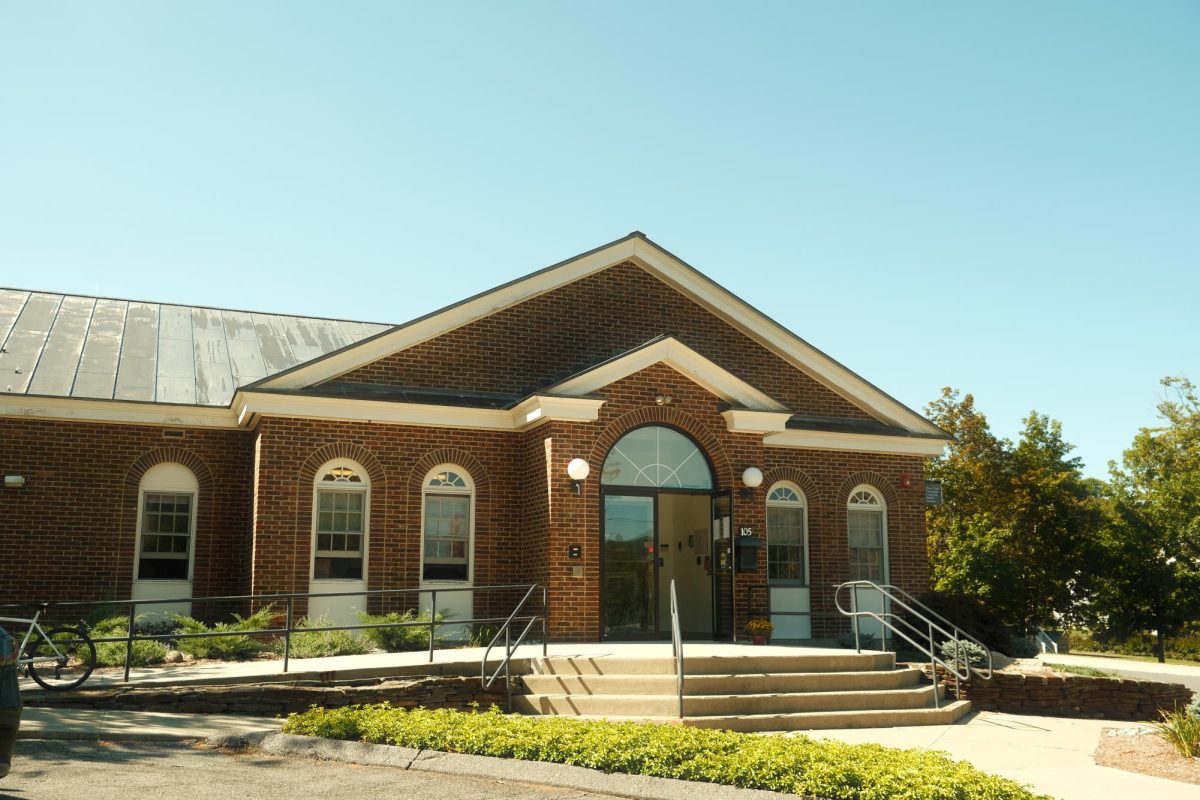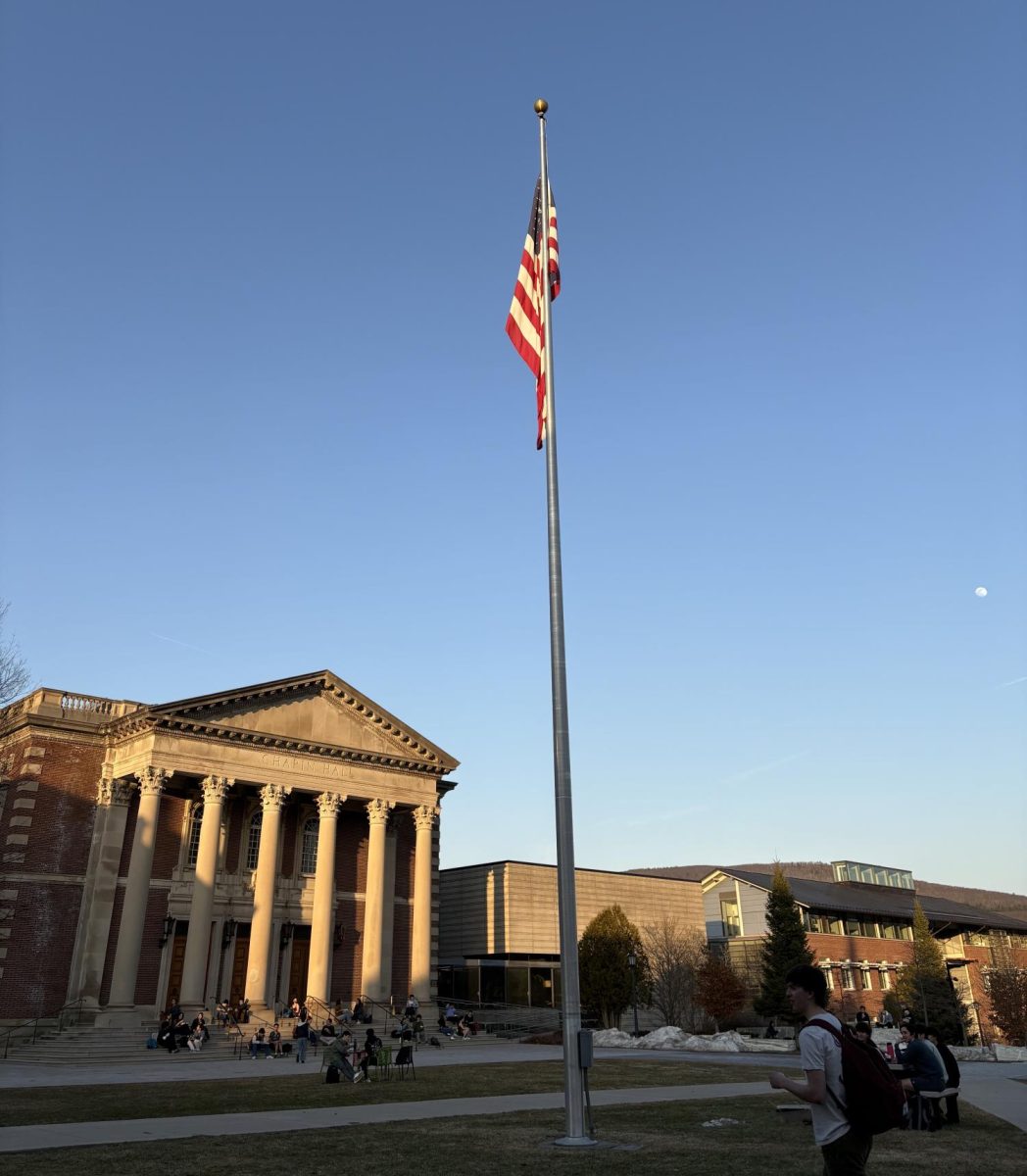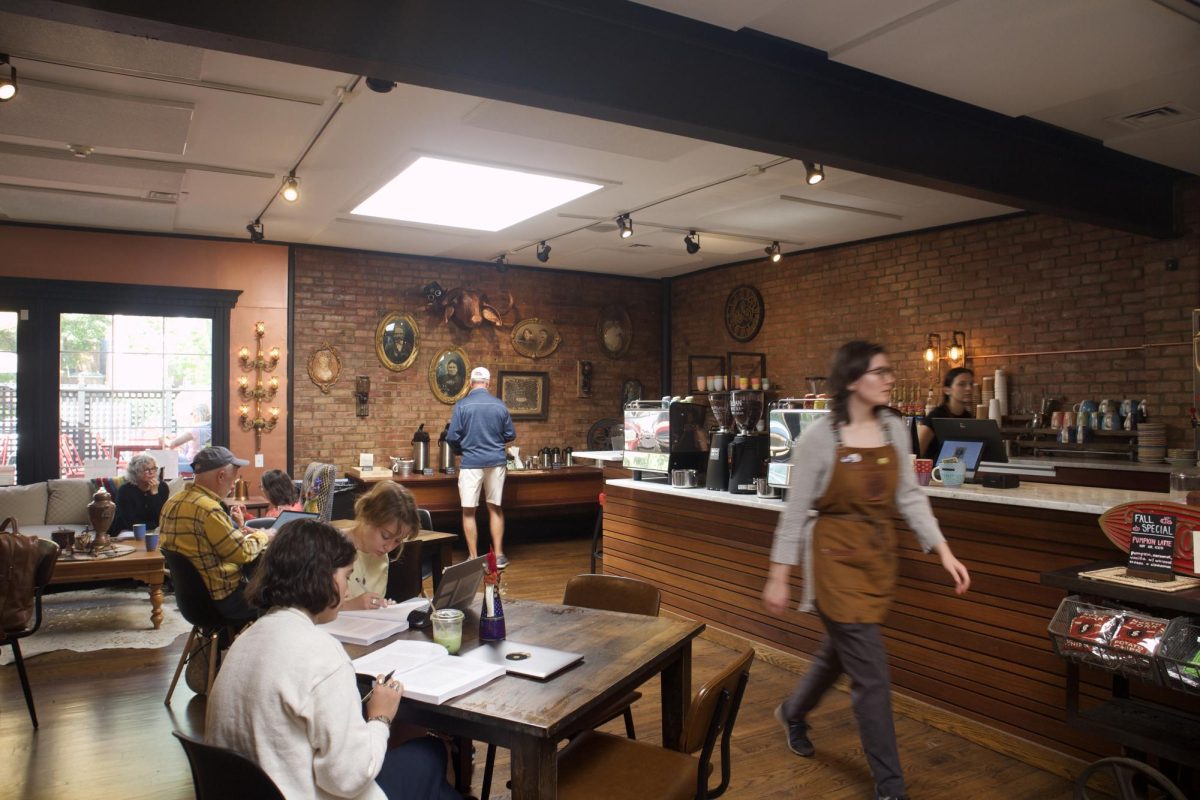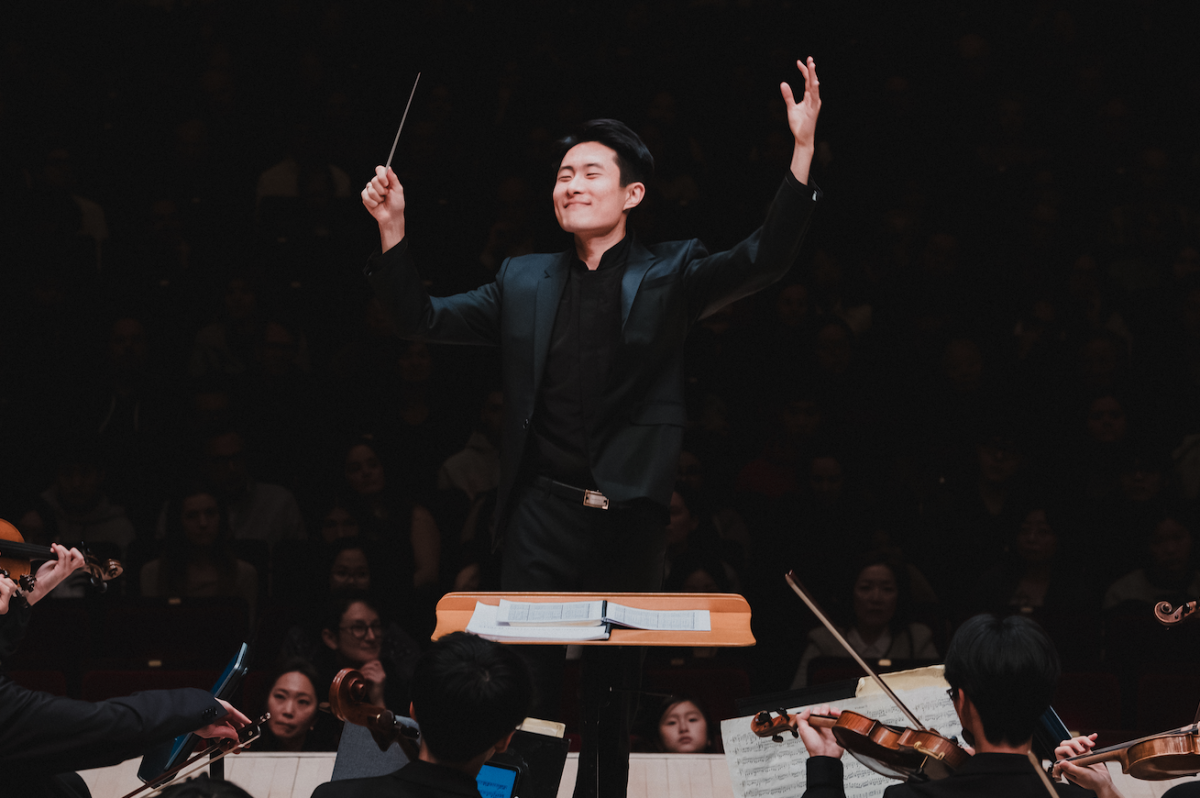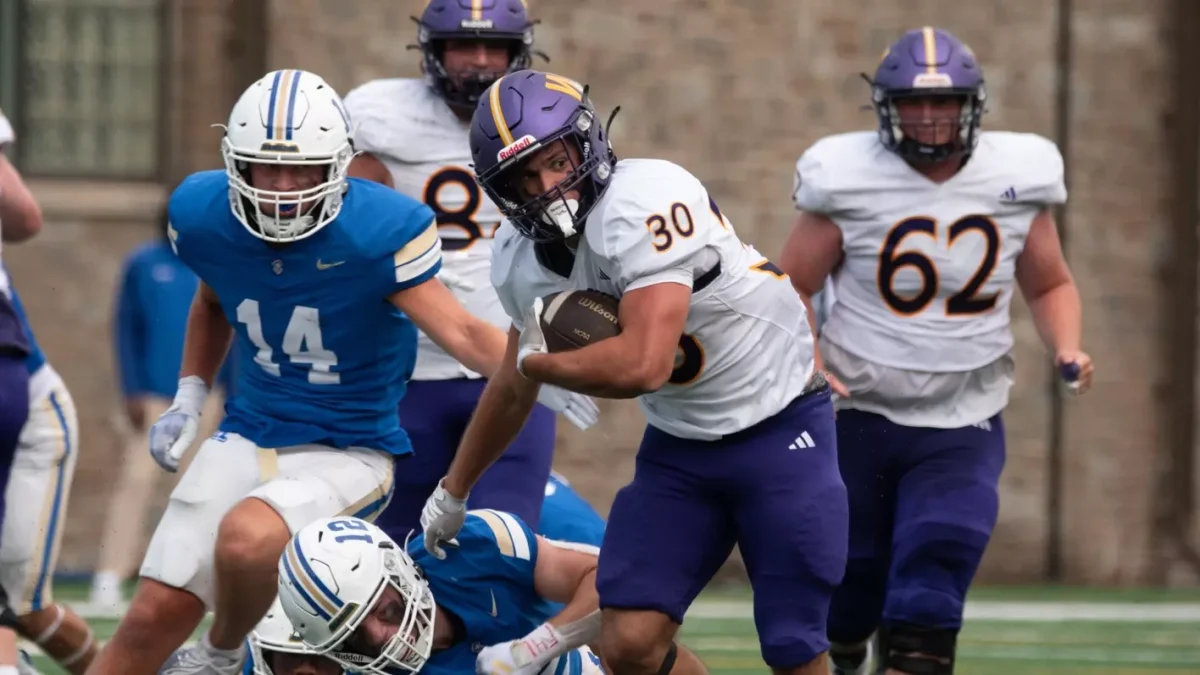Disabili-tea: The inaccessibility of higher education
October 27, 2021
I am a Deaf freshman with a slight obsession with critical disability theory. “Disabili-tea” is a recurring column in which I will be sharing perspectives on inaccessibility, ableism, and the evolving definition of disability. This first column is an introduction to the disabled experience and the overarching theme of transitioning away from the disability rights ideology towards the principles of disability justice.
As a high school senior with profound hearing loss applying to college, I was aware of the frustrating and disillusioning stories coming from other disabled students: from balancing student loan debt with medical fees and doctor’s appointments, to obstacles institutionalized within and guarded by bureaucratic bodies, to ableist academic cultures and a stubborn refusal to accept accommodations. Against all of these signs, and possibly my better judgement, I chose to attend a non-Deaf institution.
Disability has always been the Achilles’ heel of colleges and universities, the antithesis to a training ground for the hyper-able, most capable students. If we define ableism as the predilection of able-bodiedness — upholding able-bodied supremacy while marginalizing disability — academic institutions clearly have a fraught history with discrimination, eugenics, and excluding bodies labeled as ‘other.’
Jay Dolmage, author of Academic Ableism: Disability and Higher Education, uses three metaphors that I find aptly describe the progression of disability rhetoric over time: “steep steps,” “retrofit,” and “universal design.” Steep steps represent the hierarchical and exclusionary landscape of prestigious institutions, serving as a physical reminder of the inaccessible architecture of most American colleges prior to passage of the Americans with Disabilities Act (ADA).
Retrofit refers to the addition of accessible features such as ramps as an afterthought, a frustrating and often passive- aggressively minimalist attempt at following the law. I would argue the accommodations process in higher education — with all its benign-sounding legal terms that are less about actually supporting disabled students and more about maintaining the appearance of legal compliance — falls under this category.
Universal design is the final stage, an engineering of campus spaces to be genuinely inclusive and anticipate diversity rather than react to it. Most colleges, including our own, exist in a gray space between retrofit and universal design. They promote inclusion as a campus movement without a true understanding of accessibility as it intersects with physical, academic, and social spheres.
Even in the universal design phase, just being inclusive of disabled people isn’t enough. Sure, the disability rights movement lasting from the 1960s to the 1990s established civil rights for us and mandated inclusion by law through the ADA, but it also failed to address the intersectionality of disability with race, gender, sexuality, and class — not to mention the failure of the legislation itself at being enforceable and interpretative. What we must do is embrace the principles of disability justice, which move past civil rights and recognize how systems of oppression reinforce each other.
It’s been over 30 years since the ADA was passed, yet the College still struggles beyond basic compliance. Take, for example, the inaccessibility of upper floors in most older dorms and academic buildings (and the poorly executed retrofit in some of these spaces) being justified by historical preservation. Or take the “lily pads” of accessibility proposed in a recent College report. These lily pad areas on campus that are fully accessible but have no way to cross from pad to pad, are a creative band-aid to a larger problem with encouraging inclusion and acknowledging the independence of disabled students. We may have dorm rooms that are accessible but can’t visit other students on campus, or have poor-quality notetakers and interpreters, or take classes in buildings that have just one accessible bathroom or elevator. In these cases, the struggle isn’t that the College doesn’t follow the law; rather, it’s that it isn’t following the spirit of the law and expanding its perspective of what disability and accessibility should be. How are campuses to become spaces with true equitable access when colleges refuse to go above the bare minimum?
Last week, an elder in my local Deaf community sent me the contact information for a lawyer who specializes in the ADA — not because I am struggling with legal barriers or my rights, but simply because they found out I was in college. I’d like to say that I told them not to worry and that I wouldn’t need the legal support, but I found myself saving the contact information just in case.
The goal of the College should be to recognize that the definition of disability has evolved since the ADA and similar disability rights legislation was created and to find ways to redefine accessibility, disability, and inclusion. By embracing the critical lenses of intersectionality, cross-disability solidarity, sustainability, and collectivism, we can go beyond the token, legal-medical framework that often leaves disabled students feeling unsupported, isolated, and burnt out.
Through this column, I hope to explore the ways we can reach this goal with you and tackle the question of how our community can move toward true inclusion.
Ari Quasney ’25 is from Munster, Ind.



